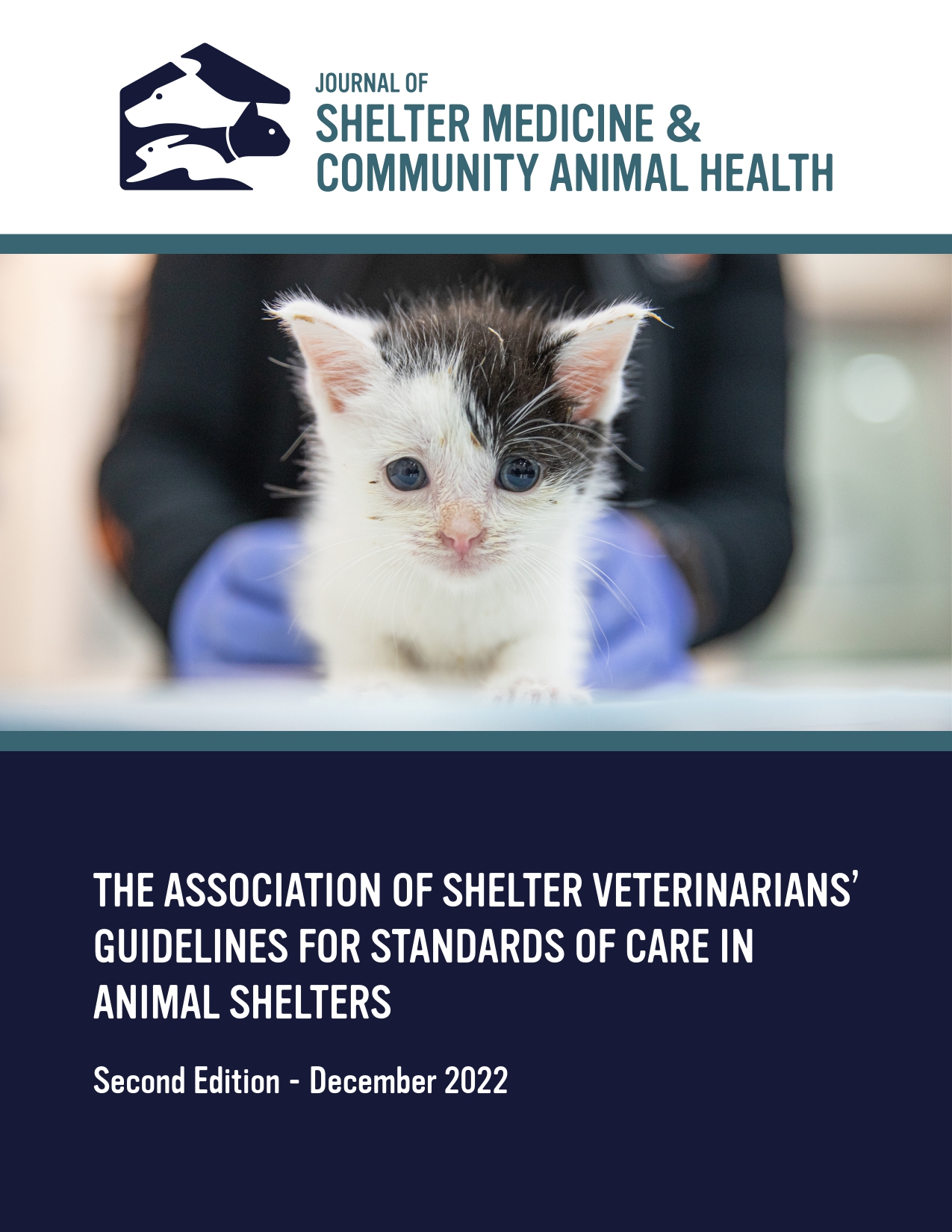Financial Hardship Assistance and Its Impact on Veterinary Care for Sick or Urgent Companion Animal Cases [Abstract]
DOI:
https://doi.org/10.56771/jsmcah.v4.136Abstract
Introduction
More than a quarter of families face barriers to accessing veterinary care in the United States.1 Veterinary hardship funds are financial resources that can help pet owners pay for veterinary care when experiencing financial difficulties. Midwestern University College of Veterinary Medicine’s Companion Animal Clinic (CAC) offers financial assistance via a hardship fund for clients with challenges paying for veterinary care. The purpose of this study was to characterize the cases to which hardship funds were applied and evaluate the potential impact on treatment plans and economic euthanasia.
Methods
Pet owners applying for the CAC hardship fund and clinicians associated with the case were asked to participate in surveys providing information about the pet and its medical condition. Information gathered from the pet owners included whether the owner had previously sought veterinary care for the condition, the amount spent on veterinary care before this visit, and whether euthanasia had been discussed before the CAC visit. The clinician provided information about the diagnosis, prognosis, outcome, whether economic euthanasia was discussed, and if treatment was modified due to finances.
Results
There were 45 cases of cats or dogs seeking financial assistance through the CAC hardship fund, 28 of which were for a sick or urgent condition. Three-quarters of the patients were dogs; the average age was 70 months. Seventeen (61%) of those pets had previously been to another veterinary clinic for this specific condition. Of those 17 cases, 16 (94%) owners reported spending between $20 and $3,200, with the median amount being $650 (IQR $300-$1400). Twenty-six of the 28 cases had information regarding the point at which the need for financial assistance was determined; 28% immediately, 11% during history, and 54% upon the presentation of the estimate. Economic euthanasia was discussed in 14% of the cases. Of the 28 sick or urgent cases, 25% were modified due to finances to provide a spectrum of patient care, even with support from the hardship fund. The median payment by the hardship fund was $499 (IQR $139-$867), and the median contribution by the client was $0 (IQR $0-$101). No pets were euthanized due to economic concerns. One pet was euthanized due to poor prognosis and no response to empirical treatment, one pet was hospitalized and then euthanized at the family veterinarian later, and one pet died at home.
Conclusion
The findings demonstrate that financial hardship assistance can play a critical role in facilitating access to veterinary care. Many clients seeking care at the CAC had previously spent a significant amount of money out of pocket. The timing of when clients requested financial assistance, along with the difference in contribution to the final treatment cost, underscores the importance of hardship funds in promoting access to care in sick or urgent cases.
Ethical Review The study was approved by Midwestern University’s IRB committee, approval AZ-1372.
Financial Support and Conflict of Interests The authors have nothing to report.
Downloads
References
1. Blackwell, Michael J., and Augusta O’Reilly. "Access to veterinary care–a national family cri-sis and case for One Health." Advances in Small Animal Care 4.1 (2023): 145-157.
Published
Issue
Section
License
Copyright (c) 2025 The Authors

This work is licensed under a Creative Commons Attribution 4.0 International License.










